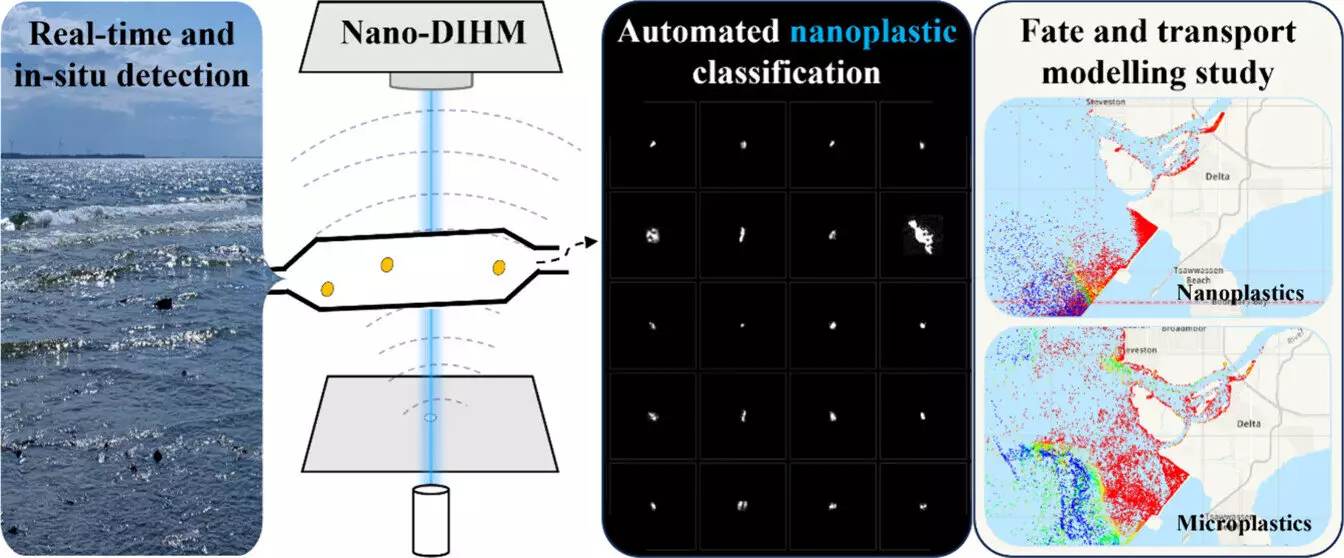

In a groundbreaking development, a research team led by McGill University has introduced a cutting-edge technology capable of detecting and analyzing nanoplastics in water in real-time. This innovative method holds the potential to revolutionize how we address plastic pollution and safeguard our environment.
Nanoplastics, particles smaller than 1 micrometer, pose a significant threat to aquatic ecosystems due to their minuscule size and widespread presence. Existing detection methods have been limited in their ability to accurately detect and differentiate nanoplastics from other particles, making it challenging to understand the full extent of plastic pollution in water bodies.
The newly developed technology, known as AI-Assisted Nano-DIHM, leverages artificial intelligence to swiftly identify and characterize nanoplastics amidst a myriad of other particles present in water. This advancement enables researchers to gain a comprehensive insight into plastic pollution, facilitating targeted interventions and management strategies.
By deploying the AI-Assisted Nano-DIHM technology, researchers have been able to pinpoint pollution “hotspots” in water bodies such as Lake Ontario and the St. Lawrence River. The ability to detect micro- and nanoplastics in real-time provides a valuable tool for environmental monitoring and conservation efforts.
The development of AI-Assisted Nano-DIHM represents a collaborative effort between McGill University and the National Research Council of Canada. This partnership has enabled the creation of a groundbreaking tool that addresses a critical need in environmental science and underscores the importance of interdisciplinary collaboration in tackling pressing environmental challenges.
The introduction of AI-Assisted Nano-DIHM marks a significant milestone in the field of environmental monitoring and plastic pollution research. By harnessing the power of artificial intelligence, researchers now have the ability to detect and analyze nanoplastics in water with unprecedented speed and accuracy, paving the way for more effective pollution management strategies and the preservation of our planet’s fragile ecosystems.
A groundbreaking discovery by scientists at the University of Manchester is poised to reshape the…
In an era marked by rapid ecological change, the quest for understanding environmental pollutants like…
The meteoric rise of artificial intelligence (AI) technologies is not without significant implications on our…
The landscape of quantum computing is on the verge of transformative progress, fueled by groundbreaking…
Schizophrenia is not merely a mental health issue; it is a multifaceted condition that wreaks…
Recent scientific research has illuminated the intricate web that ties our dietary choices to the…
This website uses cookies.